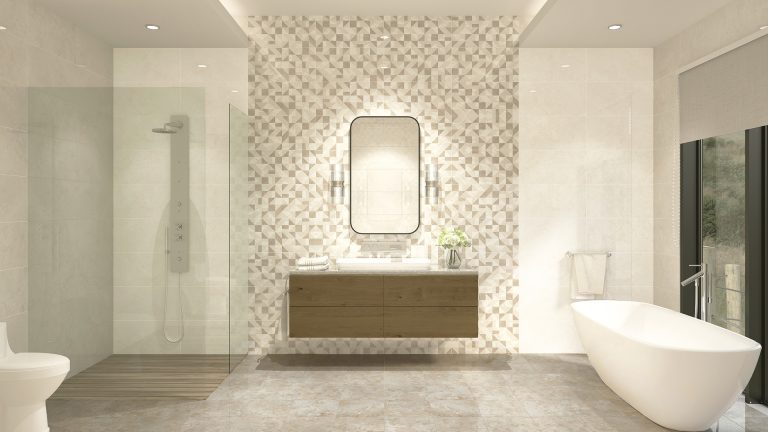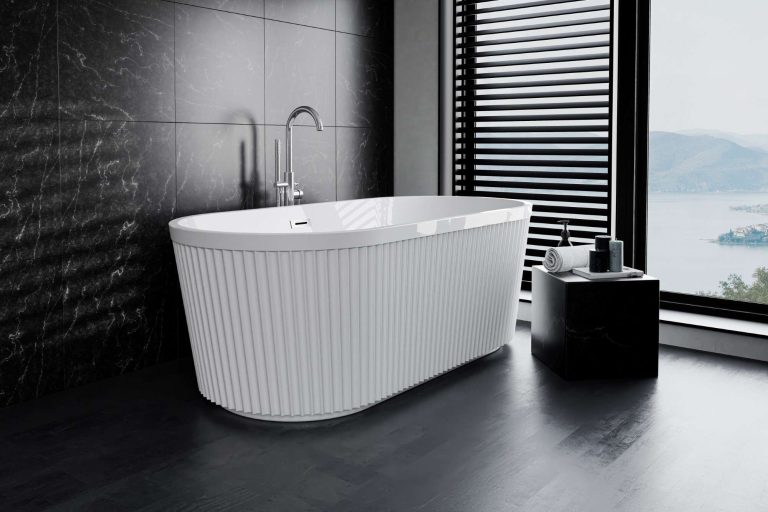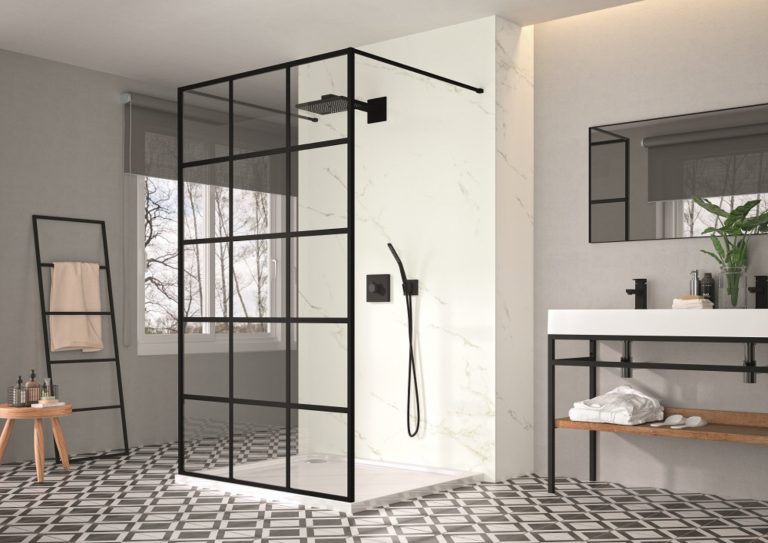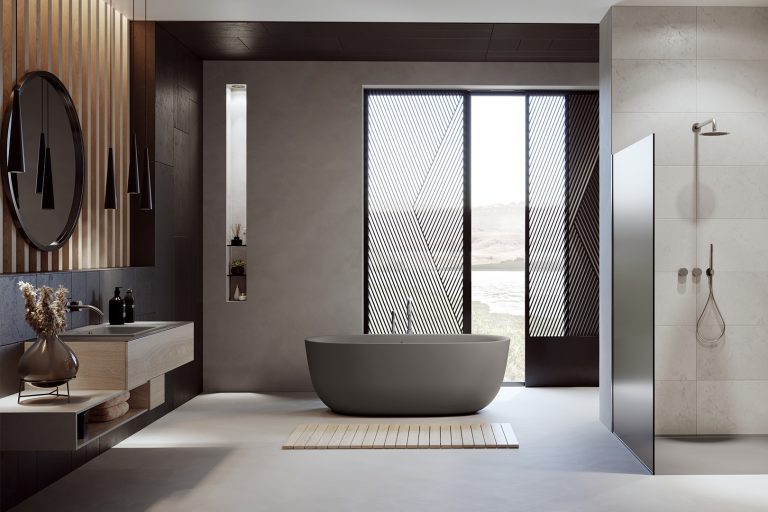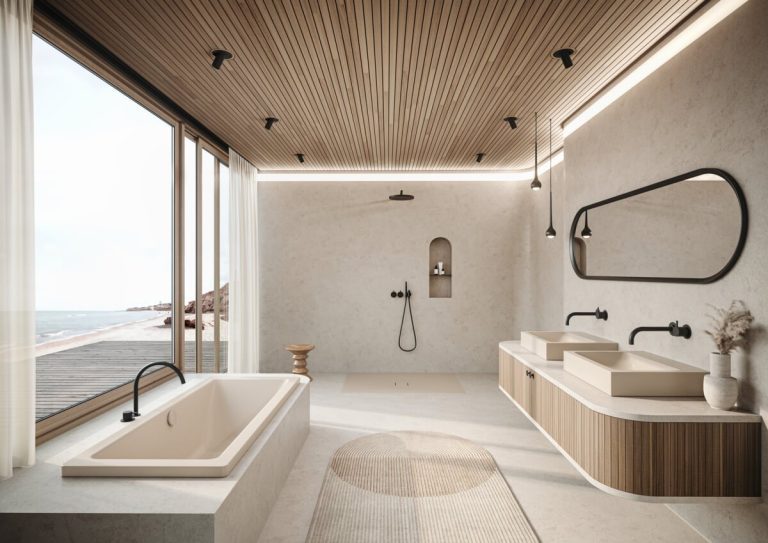Wet Rooms: Pros, Cons, and Modern Design Ideas for UK Bathrooms
Wet rooms are fast becoming one of the most sought-after features in modern British bathrooms. Whether you’re renovating a compact en suite or planning a luxurious master bathroom overhaul, the appeal of a fully waterproofed, level-access shower space is easy to understand. But what exactly is a wet room, and is it right for your space?
In this guide, you’ll find everything you need to know—from the practical pros and cons to standout wet room design ideas that work for UK homes.
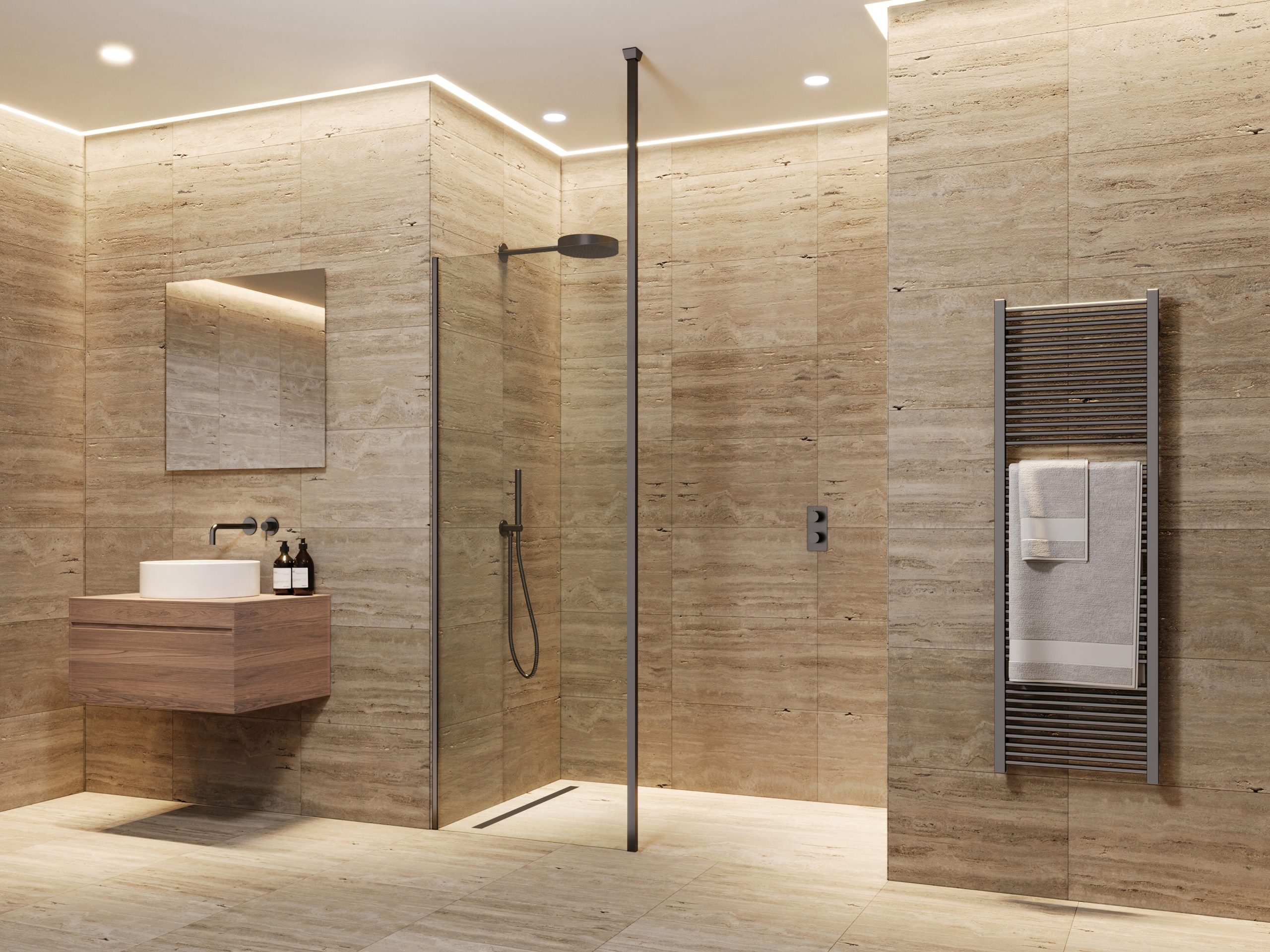
What is a Wet Room?
A wet room is a fully waterproofed bathroom where the shower area is integrated with the rest of the space, typically without a tray or step. Instead of containing the water within a cubicle, a wet room relies on subtle gradients in the floor (called ‘fall’) and high-performance tanking to direct water into a concealed drain.
Often associated with minimalist, hotel-style bathrooms, wet rooms offer a clean, open-plan aesthetic that feels effortlessly modern.
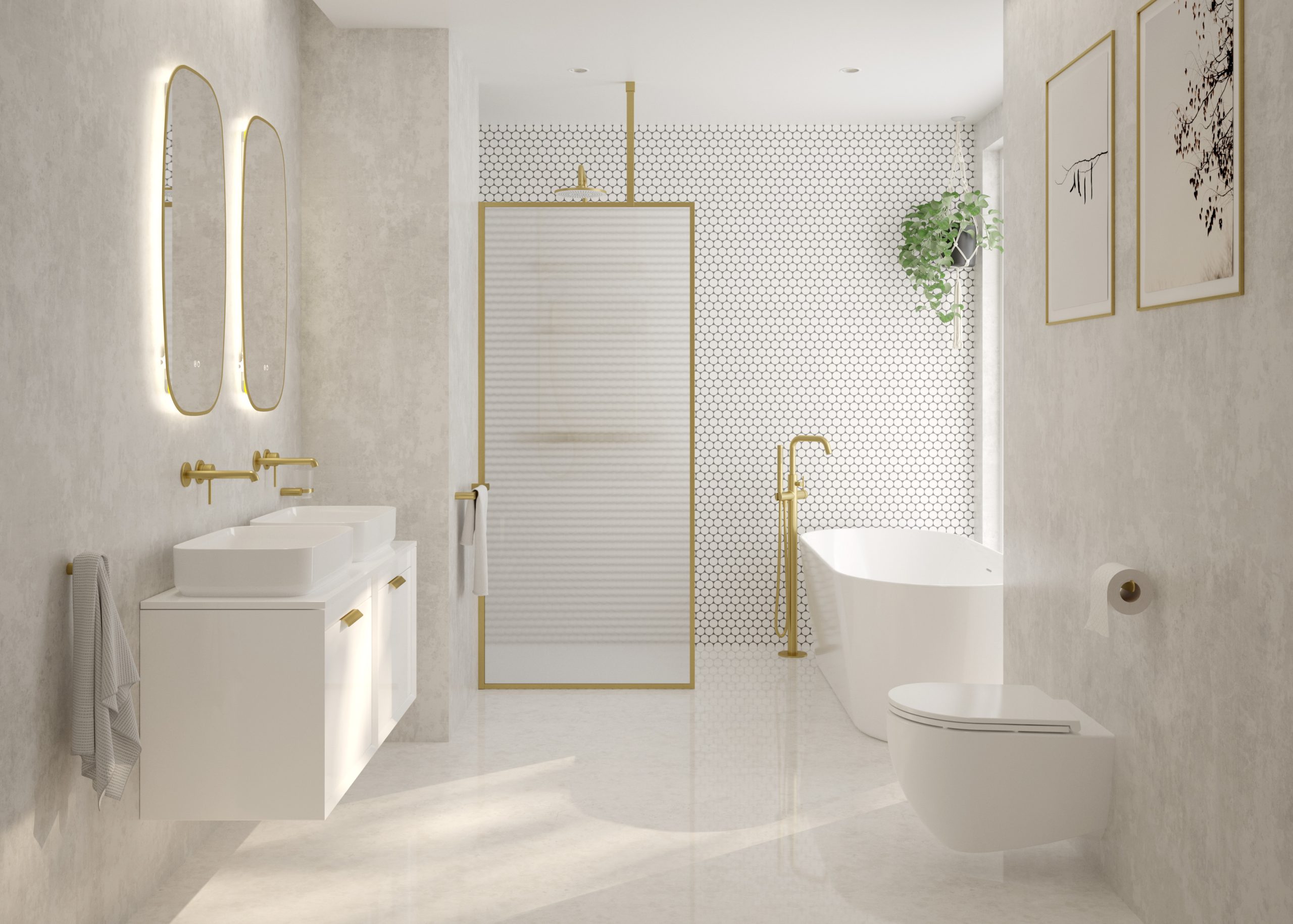
The Key Benefits of a Wet Room
1. Accessible, Step-Free Showers
A key advantage of a wet room is its suitability for people of all ages and mobility levels. With no raised shower tray to navigate, it’s an ideal long-term option for families, older adults, or anyone with accessibility needs. When paired with slip-resistant tiles and grab bars, a wet room can be both stylish and safe.
2. Space-Saving for Smaller Bathrooms
In compact bathrooms, a wet room can free up valuable floor space. Removing the need for a shower cubicle or screen makes even the smallest room feel more open and less cramped. Well-designed drainage and wall-mounted furniture help keep things clutter-free.
3. Easy to Clean
With fewer edges, seams, or screens to scrub, wet rooms can be easier to maintain than traditional bathrooms. Wall-hung toilets and basins, such as those from Interlübke or Utopia, also allow for effortless cleaning beneath the units.
4. Stylish and Timeless Aesthetic
Wet rooms lend themselves to sleek, modern design, but they can also be adapted for more traditional interiors. From bold tiles to walk-in glass panels by Roman, there are countless ways to make the space your own. With brands like Acquabella and Decosan offering textured finishes and elegant surfaces, the look can be tailored to suit both contemporary and classic tastes.
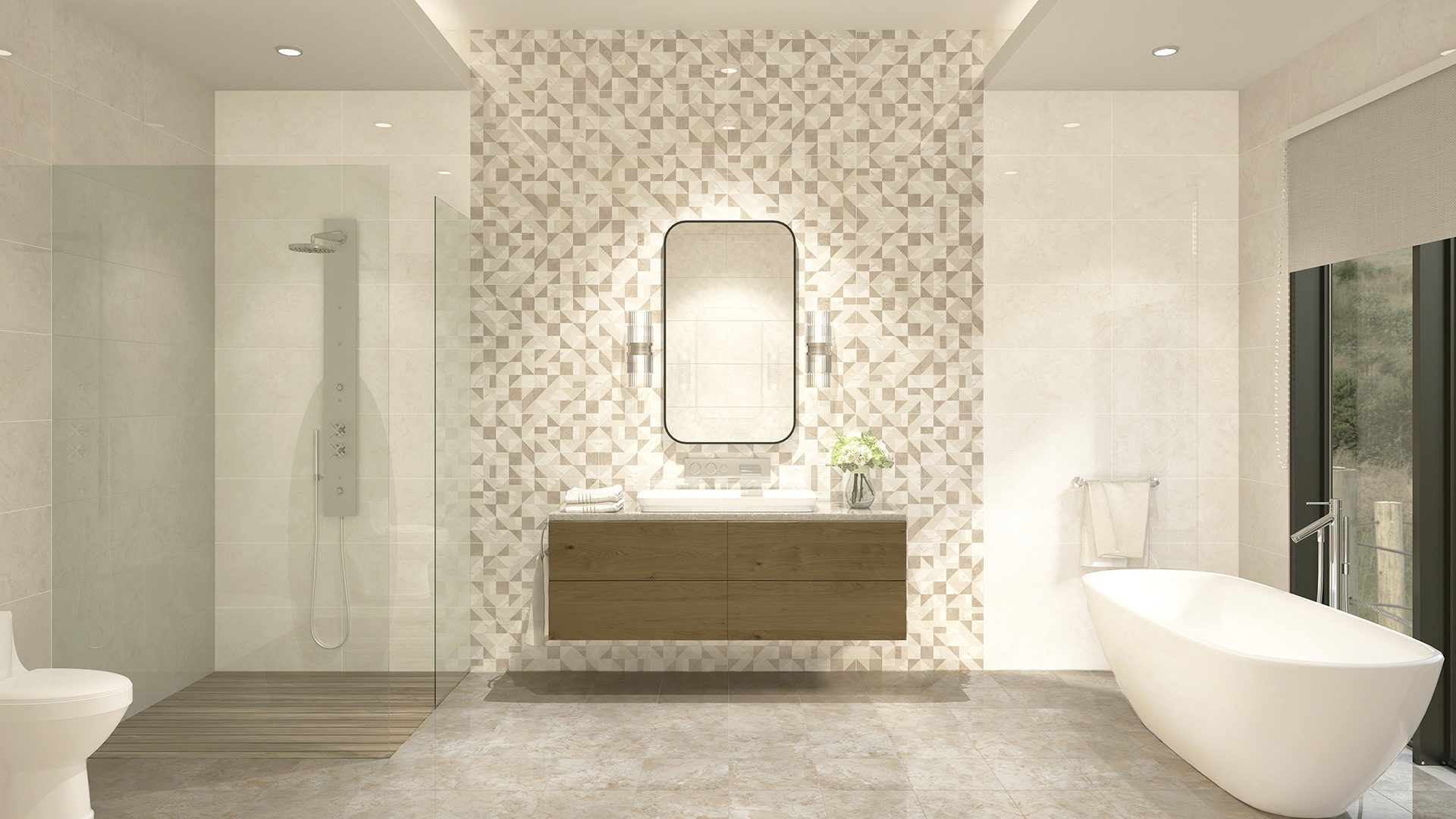
Potential Downsides to Consider
While wet rooms have clear advantages, there are a few factors to weigh up before going ahead:
1. Installation Costs Can Be Higher
Wet rooms require professional tanking and a precise gradient in the floor, which often means more labour-intensive work. In some cases, the existing floor structure needs to be adjusted to accommodate a concealed shower tray or flush-level drain.
2. Moisture Management is Crucial
Because the entire room is exposed to moisture, effective ventilation is essential. Without it, condensation, damp, and mould can become a problem. Ensure your bathroom installer includes an extractor fan designed for high-moisture environments.
3. Not Always Suitable for Upper Floors Without Modifications
Wet rooms work best on ground floors or in new builds, but they can be installed upstairs with the right preparation. A sloped floor and watertight sealing must be factored into the design. Products from trusted waterproofing specialists and tiled finishes from brands like Sonas can help ensure long-term protection.
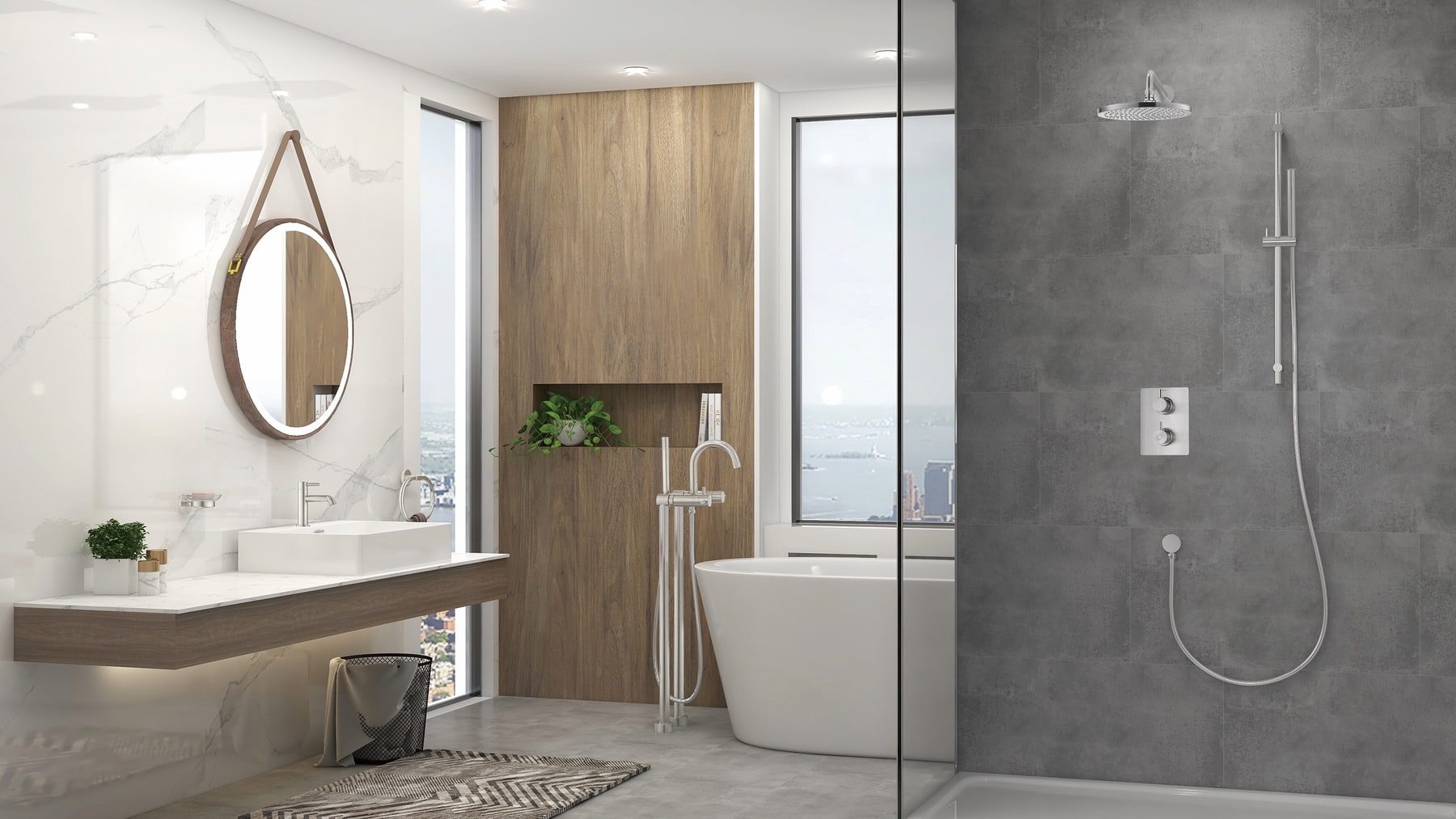
Inspiring Wet Room Design Ideas
1. Monochrome Minimalism
A black-and-white wet room creates a high-contrast, contemporary look. Pair matte black brassware from Ramon Soler with oversized white tiles and a frameless glass screen. A floating basin or storage unit from Decosan helps maintain clean lines.
2. Natural Textures and Soft Neutrals
Warm, neutral tones can soften the boldness of a wet room. Think stone-effect porcelain tiles, brushed brass taps, and wood-style storage from brands like Utopia. For a spa-like feel, include a recessed shelf (niche) for toiletries and dimmable lighting.
3. Concrete Chic
Urban-inspired wet rooms can benefit from concrete-look finishes, like those from Acquabella. These create a seamless, industrial backdrop that works beautifully with minimalist accessories and glass panels. Underfloor heating adds welcome comfort beneath cool surfaces.
4. Luxurious Compact En Suites
For a small en suite, choose large-format tiles to reduce grout lines and open up the space. Use a low-profile shower screen or go without one entirely. Wall-hung units keep the floor space clear, and clever storage niches help keep the room tidy.
5. Colour with Confidence
Wet rooms don’t have to be monochrome. Add personality with bold tiles or colourful accent walls. Consider patterned floors, jewel-tone mosaics, or even coloured brassware. Utopia and Roman both offer collections that help inject colour without compromising functionality.
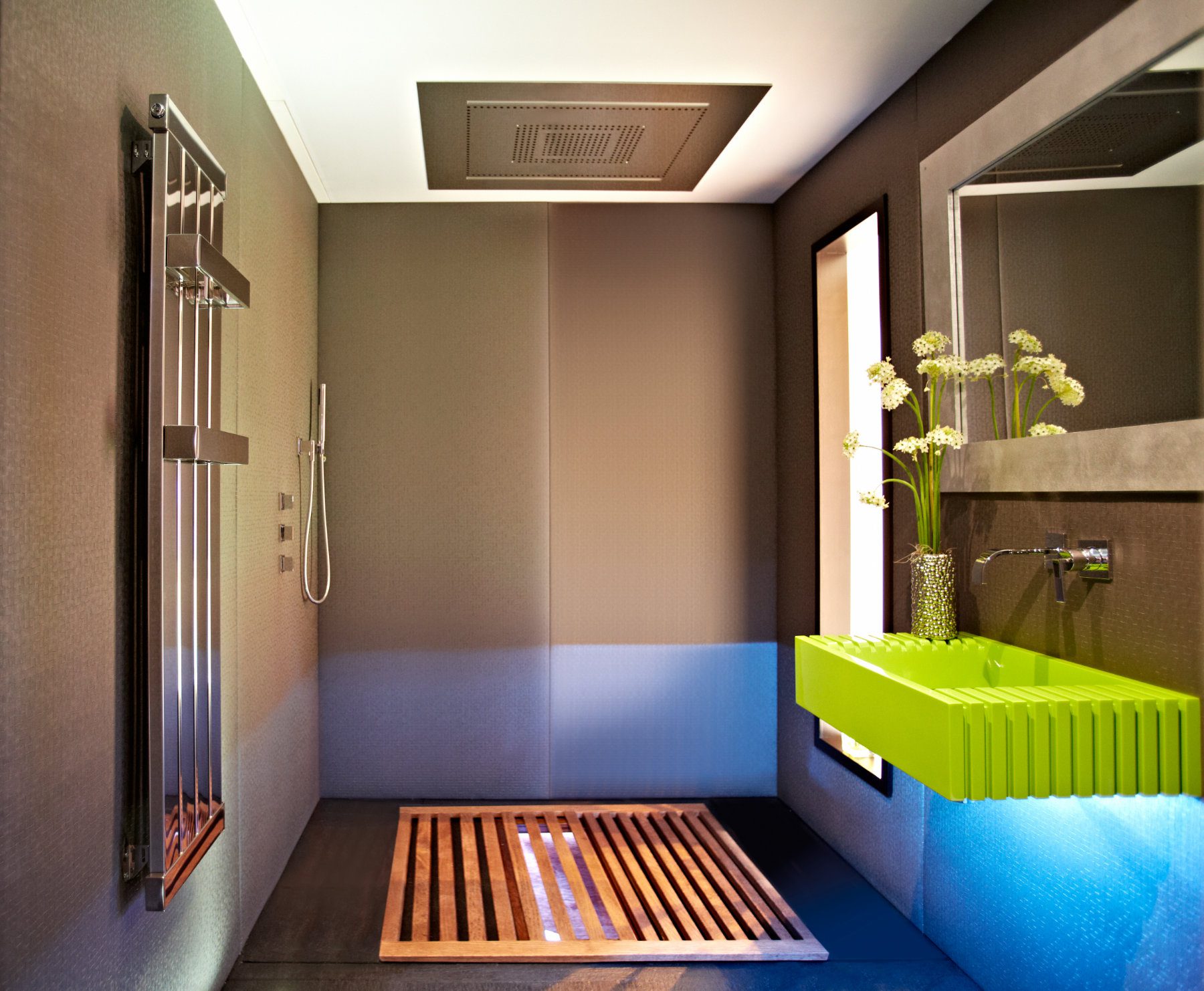
Key Materials for a Successful Wet Room
- Tiles
Choose porcelain or ceramic tiles with low slip ratings for the floor. Larger tiles create a more streamlined look, while mosaic tiles work well for creating the required gradient around the drain.
- Drainage
Linear drains or square floor drains should be installed flush to the floor. Brands like Sonas and Ramon Soler offer smart drainage systems that blend seamlessly with the room’s design.
- Furniture
Wall-mounted vanity units, WCs, and mirrored cabinets help maximise floor space. Decosan and Interlübke both produce streamlined furniture ideal for wet rooms.
- Heating
Underfloor heating not only keeps tiles warm underfoot but also helps dry the floor more quickly. A heated towel rail can further boost comfort and humidity control.
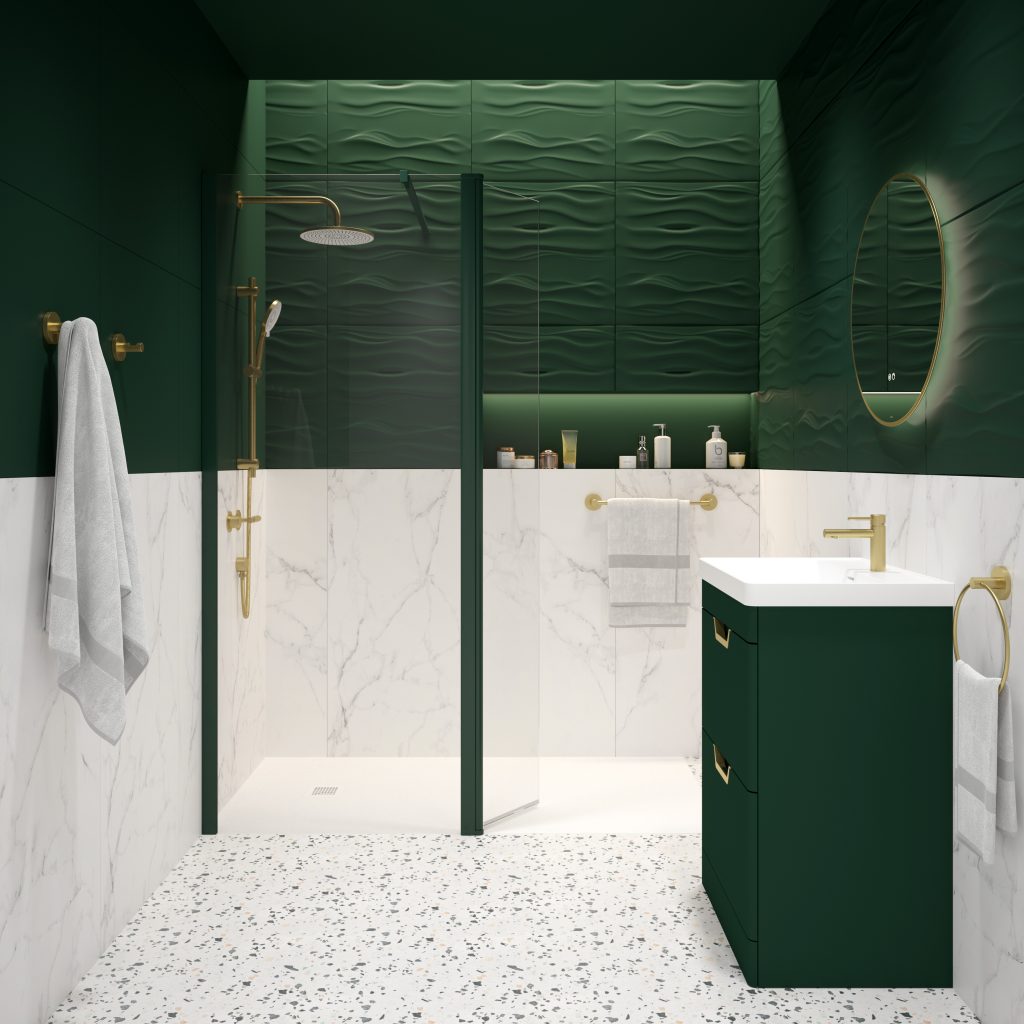
Wet Rooms in Family Homes
If you’re planning a family bathroom, a wet room can still work with the right design. A partial glass screen helps contain water spray. Anti-slip flooring and a good ventilation system make the space safe and practical. A dual shower setup can also be useful—one fixed overhead and one handheld—ideal for families with children.
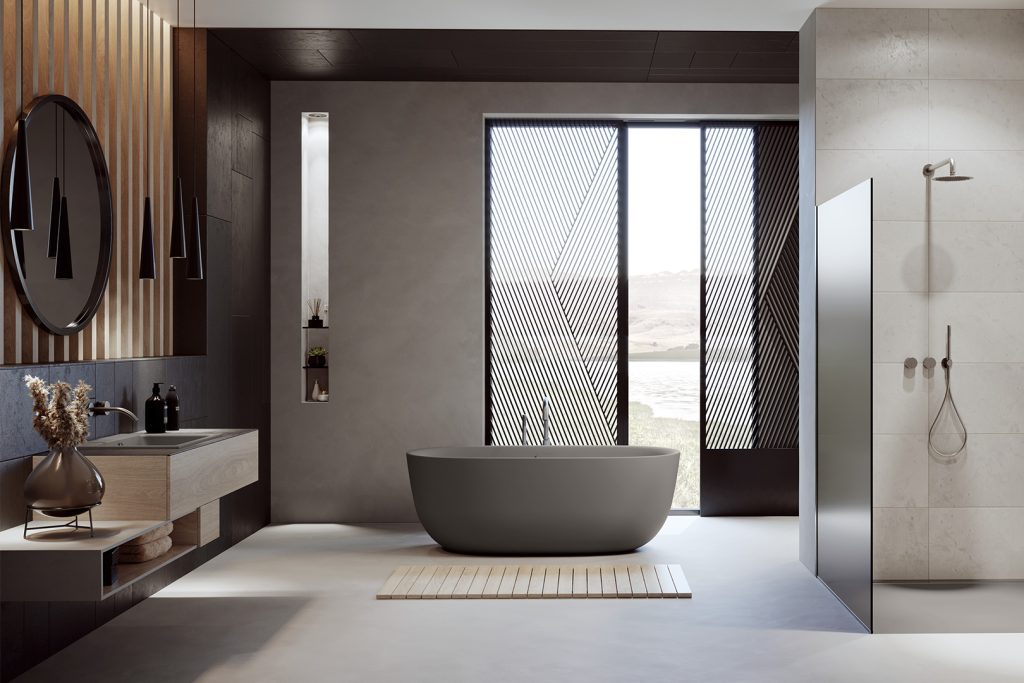
Are Wet Rooms Worth It?
For many homeowners, a wet room is an investment in both practicality and visual appeal. Whether you’re seeking accessibility, easy maintenance, or a design-led upgrade, wet rooms offer a futureproof solution. With thoughtful planning and the right materials, you can create a space that works for your daily routine and enhances your property’s value.
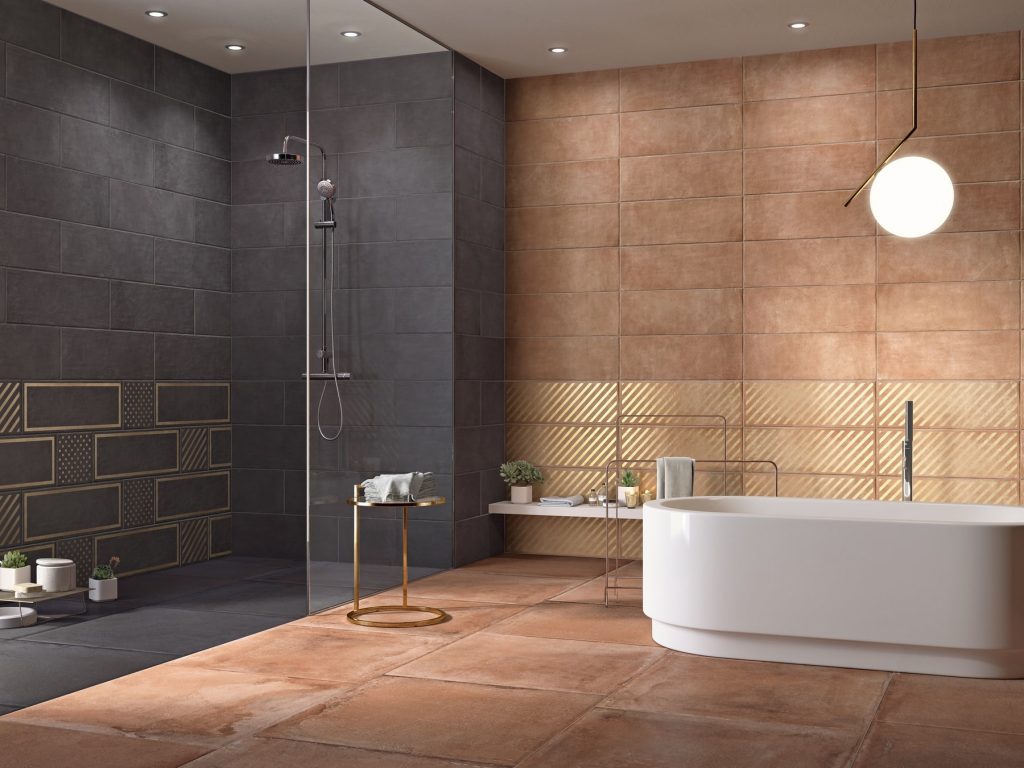
Final Thoughts
Before going ahead with a wet room, speak to an experienced bathroom designer or installer. Professional advice is crucial, especially when it comes to waterproofing and drainage. Visiting a bathroom showroom can also be a game-changer—you’ll be able to see working displays, touch materials, and get a clearer sense of what’s possible for your space.
If you’re considering wet room ideas for a renovation or new-build bathroom, take inspiration from quality brands like Sonas, Acquabella, Decosan, Ramon Soler, Roman, Interlübke, and Utopia. They each offer products that combine thoughtful design with practical performance.
